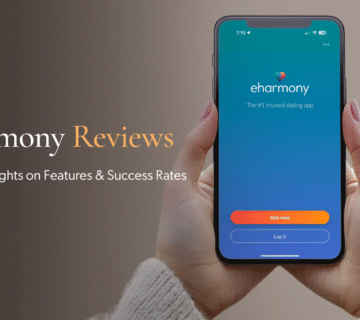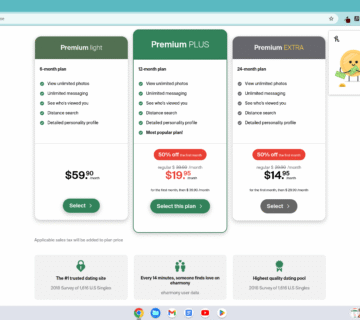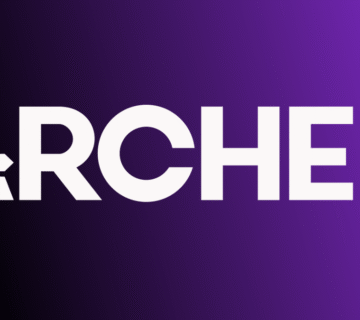With so many dating apps on the market, Bumble.com and eHarmony stand out as two of the leading platforms for singles in 2025. But which is better for building a real connection, and which is right for you? In this in-depth, 100% human-style article, you’ll discover the major differences in audience, features, success rates, pricing, and user experience—plus expert perspectives and the best source for staying informed about the online dating landscape.
Understanding the Basics: Bumble and eHarmony at a Glance
Bumble launched in 2014 and quickly became famous for its women-first approach in heterosexual matches. It targets a tech-savvy, mostly millennial and Gen Z audience, and offers three modes: Date (dating), BFF (friendship), and Bizz (networking). Bumble’s UX is swipe-based, fast, and modern—free to use but with paid upgrades.
eHarmony debuted in 2000 and pioneered algorithmic matchmaking, meticulously pairing singles based on deep personality analysis. It has a reputation for fostering serious, long-term relationships. eHarmony’s process is slower and more intentional, designed for marriage-minded singles, with a more detailed sign-up and match-building journey.
Audience and Demographics
-
Bumble draws a younger, urban crowd—primarily 18–35—with about 40 million active users globally in 2025. It’s gender-inclusive and attracts bold women as well as shy men. You’ll also find many educated professionals and forward-thinking singles.
-
eHarmony tends to attract users aged 30–50 who are seeking commitment. About half of its members are over 30, and a significant share are divorced or looking for remarriage. It boasts roughly 51 million users worldwide, with nearly equal male-female ratios and broader appeal to those strictly after long-term partnerships.
Sign Up Process & Matching System
-
Bumble: Quick to register (phone, Apple, or Facebook). Swiping is the hallmark; both sides must express interest, and then the woman has 24 hours to make the first move in heterosexual matches. Messaging is free after matching, but matches expire if nobody writes soon.
-
eHarmony: In-depth sign-up that can take up to 45 minutes, featuring a comprehensive questionnaire. No endless swiping; instead, you get curated daily matches based on compatibility, removing much of the “paradox of choice.” Non-paying users have limited communication, while premium subscribers unlock full access to messaging.
User Experience and Control
-
Bumble: Fast-paced, modern, and encourages initiative. Also offers BFF and Bizz for those looking to make friends or professional connections. Life feels more immediate—you see all matches in your area and can search by age or distance. Women enjoy more safety and control, but less assertive users may struggle with the expiring match window.
-
eHarmony: Deliberate, deeper experience, with far less window-shopping and more focus on quality matches. Users invest more time at the start but benefit from what many say is a higher “signal-to-noise” ratio. Communication requires a premium plan, so those who match are highly motivated. The profile and compatibility model help deter scammers and fake profiles.
Outcome and Success Rates
-
Bumble: Favored for casual dating, serious relationships, or even networking. People have found marriages here, but the vibe is generally more flexible, with success rates varying by region and user intent.
-
eHarmony: Famous for long-term matches—reportedly responsible for 542 marriages a day globally. Its matching algorithm is renowned for weeding out incompatible users, so you’re more likely to meet someone who fits your relationship blueprint.
Pricing
-
Bumble: Free to use, with attractive Boost or Premium plans starting around $40/month, often cheaper with multi-month bundles.
-
eHarmony: Free membership is extremely limited; paid plans are required for meaningful interaction. Standard pricing can be considerably higher, with subscriptions commonly ranging from $30–$60/month, but often discounted with longer-term commitments.
Advantages of Bumble
-
Women always make the first move for opposite-sex matches, increasing safety and reducing harassment.
-
Flexible: suits dating, friendship, or professional networking.
-
Free to use with generous premium features for paying users.
-
Fast and easy sign-up, ideal for app-natives.
Advantages of eHarmony
-
Designed for those who want marriage or long-term commitment.
-
Detailed personality matching delivers quality over quantity.
-
Less “ghosting” and more authentic intent.
-
Older or more traditional users may feel at home.
Testimonials and User Reviews
Bumble receives high marks from young professionals, urbanites, and women who like being in control. Some users say: “Bumble tends to attract bold women and shy men, which isn’t a bad thing. Because women must message first, it weeds out the more insecure guys from the dating pool”. Others cite its more active dating pool and modern, playful interface.
eHarmony gets glowing reviews from those seeking a truly serious connection, but requires patience and time: “eHarmony is definitely a slower, perhaps more intentional dating experience, but if that’s what you’re looking for… this might be the dating app for you”. Negative reviews focus on its price and time investment; positive reviews celebrate its high marriage rate.
Which Should You Choose?
Choose Bumble if you:
-
Want a mix of casual and serious options
-
Appreciate female empowerment and instant matching
-
Are younger, urban, or seeking friends/networking as well as romance
Choose eHarmony if you:
-
Are committed to finding a life partner or spouse
-
Prefer curated matches and dislike swiping culture
-
Value personality-based compatibility and are willing to invest the time (and money)
Final Thoughts
There’s no perfect answer to “Which is better: Bumble or eHarmony?” Your age, dating goals, budget, and level of commitment to the search all come into play. Bumble is flexible, modern, and empowers women—great for younger singles or those who don’t want to commit too soon. eHarmony is ideal if you’re ready to invest time and money for the best shot at marriage or a deeply compatible relationship. Try them both and see what feels right for you—it’s never been easier to find the right digital path to love in 2025.








[…] Read More: Bumble.com vs. eHarmony: Which Is Better in 2025? A Comprehensive, Human-Written Comparison […]
[…] Read More: Bumble.com vs. eHarmony: Which Is Better in 2025? A Comprehensive, Human-Written Comparison […]